|
July 19, 2012
|
Southeastern, New Hampshire
|
This plant was at the edge of a dry field. But the field gets flooded during
ocassional rain storms. I went through the Mustard family key several times
to first confirm that this was a Rorippa and then confirm the species. Key:
- Fruit is a silicle (up to 3 times as long as wide). Note: some of the seed pods
were slightly more than 3 times as long as wide and some were less.
- Silicle dehiscent (splits open at maturity), containing 2 to many seeds.
- Silicle not compressed at right angles to the septum (seed partition).
- Silicle compressed, narrower than 6 mm. Flower petals white or yellow.
- Flower petals not deeply-notched. Fruiting pedicels spreading to ascending.
- Silicle symmetrical and without tubercles (swellings of different colors and/or
textures).
- Silicle not compressed.
- Plants glabrous or pubescent with unbranched hairs.
- Principal leaf blades pinnately-lobed. Petals yellow (except in one Rorippa
species). Genus identified: Rorippa.
- Flower petals yellow or absent. Leaf blades subentire to pinnately lobed.
- Flower petals present. Fruiting pedicels 2-15 mm long.
- Flower petals 0.7-3.5 mm long, shorter than or equal to the length of the sepals.
- Silicles ovoid-obloid to broad-ovoid, 3-10 mm long. Flower petals 0.8-3.5 mm long.
Species identified: Rorippa palustris.
- Stem glabrous. Back of leaf glabrous or sparsely hirsute (coarse, somewhat stiff and
curving hairs) near the base. Variation identified: Rorippa palustris var. palustris.
|
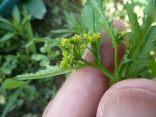
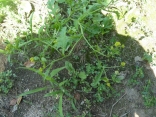
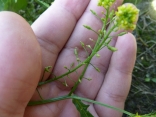
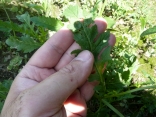
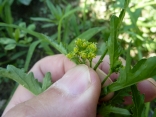

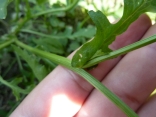
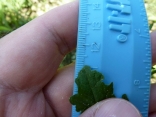
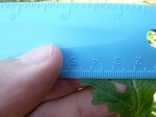
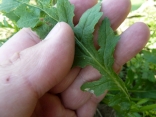
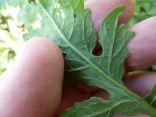

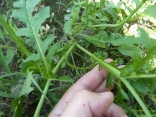
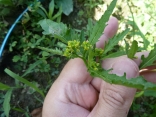
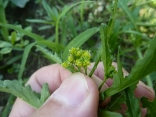
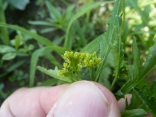
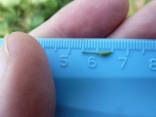
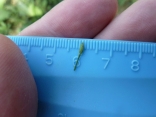
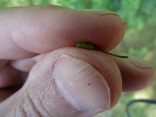
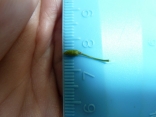

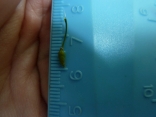

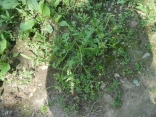
|























